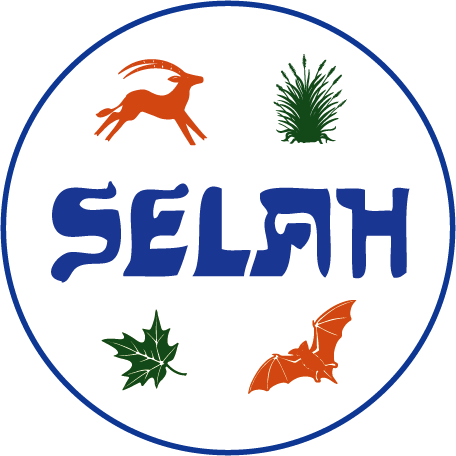FAQs
How do I visit the Bamberger Ranch?
We are a nature preserve whose main mission is to protect and conserve 5,500 acres for Mother Nature in perpetuity. Because we also manage that land as a working ranch with a staff of four who live physically on the ranch, we are not open to individual tours, hiking and visitations.
We appreciate the desire to experience the ranch we are so proud of, so please visit our Workshops & Events page to sign up for one of our public events, or if you have a group of 20 or more, consider scheduling a private group tour. Please note we book up to a year in advance, particularly the comfortable months!
I just bought land, what resources are out there to replicate your work at Bamberger Ranch?
Texas is a huge, diverse state, so there really is no one manual to acquire. We suggest arming yourself with field guides relevant to your region, introduce yourself to your county Natural Resource Conservation Service agents and Texas Parks and Wildlife biologists — these folks have on-the-ground training and are great resources.
There are many organizations that offer land management workshops and we suggest going to everything you can — that’s how Mr. Bamberger started! Our 8-hour workshops at the ranch are informative and inspiring and we encourage you to join us!
Is the Bamberger Ranch handicapped accessible?
The majority of our ranch tours are conducted on a covered trailer that has a modified area to accommodate a wheelchair. There is minimal walking on our nature trails that have been enjoyed by all ages successfully, but unfortunately because it’s the hill country, our trails are not wheel chair accessible.
You are a nature preserve, why do you hunt animals?
Simply put, we can’t keep them all. Carrying capacity is a term ranchers use when considering how many mouths and feet can thrive on a piece of land without degrading it. There is a perfect balance of how many animals (that includes us humans!) that can live in an area without overusing the resources, to the detriment of another species.
Texas used to have wolves and mountain lions that kept other mammals in balance. Without predators, mammal populations, like deer, can explode and one would quickly notice the impact on trees, shrubs and wildflowers. Hunters and anglers are first and foremost conservationists. A hunter takes only what they need and in essence contributes to the health of an ecosystem. Yes, they hunt, but it’s in their best interest to keep the species they love healthy and thriving.
And because we live in a capitalist society, hunting and fishing offer economic incentives for private landowners who pay property taxes and incur all the expenses that go into owning land. Texas is 94% privately owned and hunting/fishing brings in $6.6 billion to this state annually in revenue. Urban communities benefit from our private landowners with clean air, abundant water supplies and habitat for nature.

